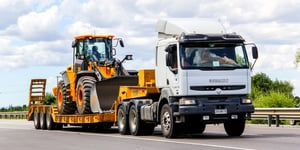 Contractors face many perils in the course of a job, and Contractors Insurance is crucial to protecting their equipment, materials, supplies, etc., against those perils. Commercial Property Insurance is one type of coverage most contractors purchase, but it is typically limited to losses that occur on the job site.
Contractors face many perils in the course of a job, and Contractors Insurance is crucial to protecting their equipment, materials, supplies, etc., against those perils. Commercial Property Insurance is one type of coverage most contractors purchase, but it is typically limited to losses that occur on the job site.
Commercial Property Insurance usually provides little or no coverage for materials, equipment, machinery, or supplies in transit or storage. Builders Risk Policies – such as Installation Floater coverage – can fill that gap.
What is Installation Floater Insurance?
The International Risk Management Institute defines Installation Floater coverage as “inland marine coverage on property (usually equipment) being installed by a contractor. Essentially a specialized type of builders risk coverage that is often written on the same form used to provide builders risk coverage.”
It is designed to cover property that is being installed or awaiting installation. Every floater is different and is based on the needs of the contractor. Typically, an Installation Floater covers materials, equipment, machinery, supplies, and personal property while it is…
- Stored off-site
- In transit
- Being staged
- Being installed
Installation Floaters typically cover new construction and remodeling projects and can be written as a single project policy or a blanket policy. Anyone with an insurable interest in a project can purchase this type of insurance.
Installation Floaters typically cover most risks – fire, theft, traffic accidents, vandalism, etc. – but may exclude perils, such as earthquakes, floods, sewer backups, employee theft, etc.
What Makes Installation Floaters Different?
Installation Floaters offer tailored protection that can cost less than typical Builders Risk Insurance, making it ideal for some contractors.
For example, sometimes, standard Builders Risk Insurance does not extend to subcontractors; therefore, Installation Floaters can be beneficial to contractors or subcontractors with a limited scope of work on a project.
Installation Floaters may also be beneficial to contractors that perform work that is typically excluded from Builders Risk Insurance. The installation of high-value equipment or materials, such as HVAC units, solar panels, windows, doors, roofing, and electrical systems is often excluded from Builders Risk Insurance. If it is included, the contractor is still responsible for deductibles.
Like most Builders Risk Insurance policies, Installation Floaters typically exclude certain things:
- Trees, shrubs, and plants
- Property while it is in the air or on the water
- Losses during testing
- Some types of temporary structures, such as scaffolding or temporary fencing
Having Installation Floater Insurance can provide an added layer of protection that fills any gaps in your Commercial Property and/or Builders Risk Insurance. Choosing which coverage – installation floater or builders’ risk – is right for you can be challenging.
What is Best for Your Needs?
When determining which type of policy or policies are best for your needs, you need to consider the type of project and the coverage you need. Installation Floater Insurance is usually less expensive and offers narrower coverage, which can make it a good choice for smaller projects.
The best way to determine the right insurance coverage for your business is to work with an experienced agent. American Insuring Group specializes in Contractors Insurance, and as independent agents, we check with multiple insurance companies to ensure you get the lowest cost. Give us a call at (800) 947-1270 or (610) 775-3848 or connect with us online.



 The best way to lower
The best way to lower 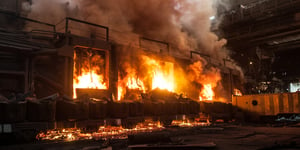 Do you think that
Do you think that 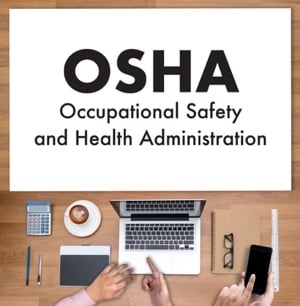 The Occupational Safety and Health Act (OSHA) has a lot of rules and regulations for business owners, and sometimes, those rules and regulations seem like nothing but a nuisance. However, not complying with them, can result in hefty fines.
The Occupational Safety and Health Act (OSHA) has a lot of rules and regulations for business owners, and sometimes, those rules and regulations seem like nothing but a nuisance. However, not complying with them, can result in hefty fines.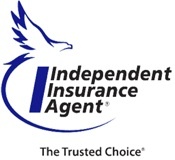 To learn how your business can save on workers compensation and all other commercial insurance costs, call our experienced independent agents at American Insuring Group at
To learn how your business can save on workers compensation and all other commercial insurance costs, call our experienced independent agents at American Insuring Group at  In 2015, the food truck industry was valued at $856.7 million, and it is expected to grow to $996.2 million by 2020. There are many reasons for this growth including the seemingly easy entry into the restaurant business that it provides.
In 2015, the food truck industry was valued at $856.7 million, and it is expected to grow to $996.2 million by 2020. There are many reasons for this growth including the seemingly easy entry into the restaurant business that it provides. If you aren’t absolutely sure what you need to properly protect your food truck business, give the independent insurance agents at American Insuring Group a call.
If you aren’t absolutely sure what you need to properly protect your food truck business, give the independent insurance agents at American Insuring Group a call.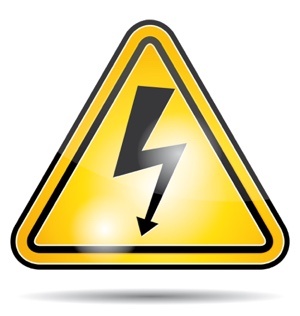 A few weeks ago we introduced you to the Occupational Safety and Health Administration’s (OSHA) Fatal Four – four safety hazards that account for the majority of all construction worker deaths (
A few weeks ago we introduced you to the Occupational Safety and Health Administration’s (OSHA) Fatal Four – four safety hazards that account for the majority of all construction worker deaths (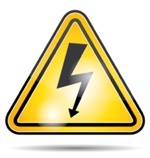 A great way to lower your contractor insurance costs is to simply contact American Insuring Group at
A great way to lower your contractor insurance costs is to simply contact American Insuring Group at  Any good Workers Compensation Insurance (WC) program includes a strategy to ensure quick reporting of injuries and WC claims.
Any good Workers Compensation Insurance (WC) program includes a strategy to ensure quick reporting of injuries and WC claims.  The agents at American Insuring Group can help you set up a Workers Compensation plan that promotes quick reporting of injuries, which can lead to more successful resolution of WC claims. PLUS, we can help you save a bundle on great insurance!
The agents at American Insuring Group can help you set up a Workers Compensation plan that promotes quick reporting of injuries, which can lead to more successful resolution of WC claims. PLUS, we can help you save a bundle on great insurance! One of the best ways to reduce truck insurance and other costs is to reduce injuries, and one of the best ways a trucking company can do that is to ensure that ALL drivers wear seatbelts when they are operating a vehicle. Plus, it’s the law, and failure to use a seat belt can result in fines.
One of the best ways to reduce truck insurance and other costs is to reduce injuries, and one of the best ways a trucking company can do that is to ensure that ALL drivers wear seatbelts when they are operating a vehicle. Plus, it’s the law, and failure to use a seat belt can result in fines.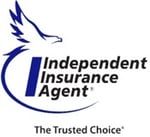
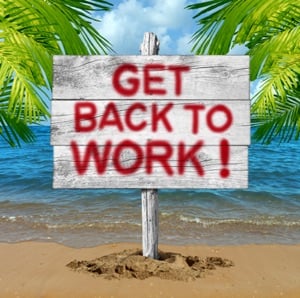 The majority of injured workers are back on the job within four days.
The majority of injured workers are back on the job within four days. American Insuring Group specializes in Workers Compensation Insurance and we can save you a bundle. We shop and compare so you don't have to, and we're really good at it!
American Insuring Group specializes in Workers Compensation Insurance and we can save you a bundle. We shop and compare so you don't have to, and we're really good at it! It will soon be that time of year when many businesses will offer their employees a chance to celebrate the season with a holiday party. At some of these parties, alcohol will be served, and, as we all know, too much alcohol can make people do crazy things!
It will soon be that time of year when many businesses will offer their employees a chance to celebrate the season with a holiday party. At some of these parties, alcohol will be served, and, as we all know, too much alcohol can make people do crazy things! If you decide to serve alcohol at your next business function, check your commercial general liability policy to make sure that it provides coverage for liquor liability.
If you decide to serve alcohol at your next business function, check your commercial general liability policy to make sure that it provides coverage for liquor liability.



